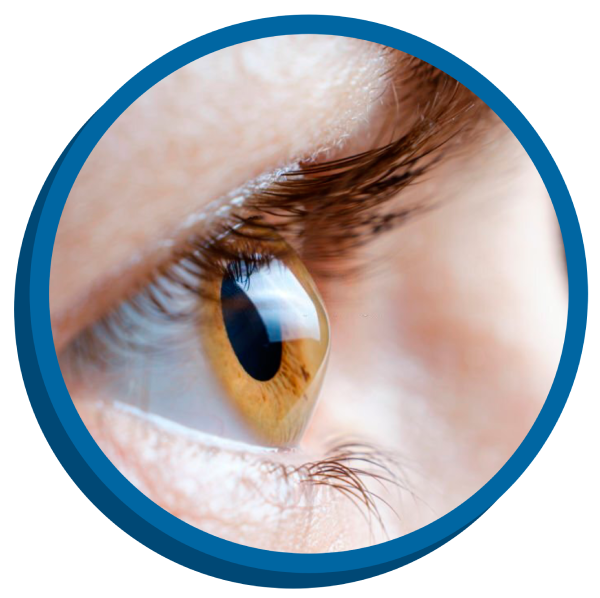
Eye Refraction: In this test, our eye doctor uses special equipment to measure your eyes to check for vision problems. Our ophthalmologist might ask you to look through a device that contains wheels of different lenses, known as the phoropter to accurately judge which combination gives you the sharpest vision. Some doctors may use a hand-held instrument such as the retinoscope to evaluate your eyes.
Slit-Lamp Examination: In this test, a vertical beam of light directs into your eye and then through a low-powered microscope, he might asses your eye. To diagnose keratoconus, they might evaluate the shape of your cornea and looks for other potential problems and conditions in your eye.
Keratometry: In this test, your eye doctor focuses a circle of light on your cornea to measure the reflection and examine the basic shape of your cornea.
Computerized Corneal Mapping: These include specialized photographic tests, such as corneal tomography and corneal topography, which are used to record images to create a detailed shape map of your cornea. Corneal topography can also measure the thickness of your cornea and can often detect early signs of keratoconus before the disease is externally visible.
Scleral Lenses:
These are usually prescribed for a very advanced stage of Keratoconus when your cornea starts morphing into a very irregular shape. Instead of touching the cornea like regular lenses, scleral lenses sit on the white part of your eye (sclera) and hover over your cornea.Surgery is usually done if you have corneal scarring, extreme thinning, or poor vision, if the lenses or eyeglasses are not working for you, or if you can’t wear prescribed lenses.
Dayal eye centre
808 B, Galaxy Road, Sector 15 Part 2,
Near 32nd Avenue, Gurgaon, Haryana 122001
wecare@dayaleyecentre.in